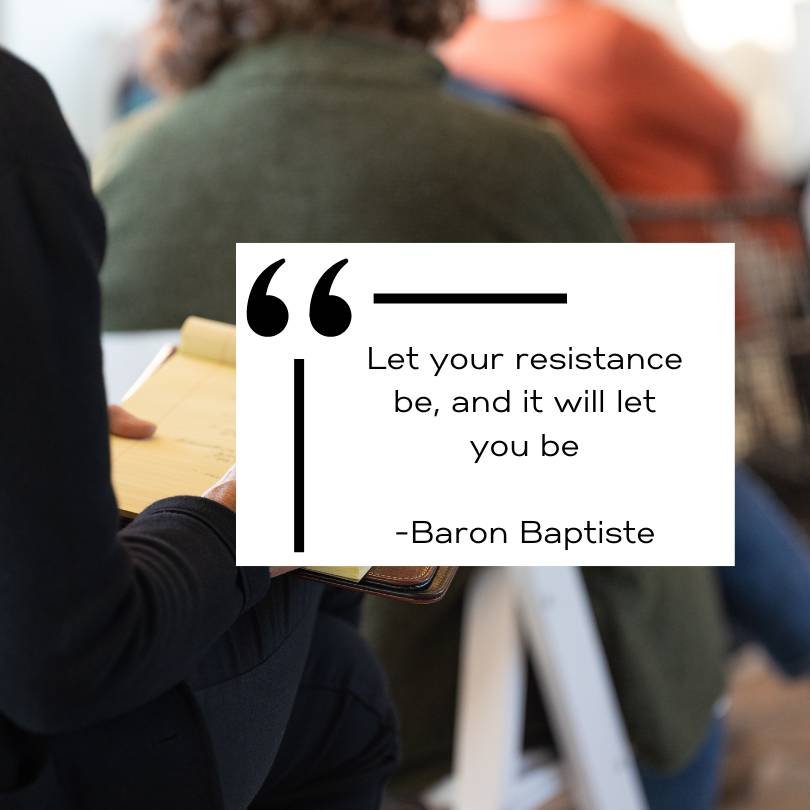Why Midlife Women Struggle to Change Habits and How to Succeed
Discover why behavior change is challenging for midlife women and how to succeed. Learn how identity shifts, small steps, and consistency can help you create lasting habits for health and well-being without focusing solely on the scale.
Rediscovering Your Essence in Midlife: A Journey to Self-Discovery
Unlock the power of self-discovery and purpose with our latest blog post designed for midlife women ready to reconnect with their true essence. As the year comes to a close, there's no better time to start this journey of reflection, growth, and renewal. Discover actionable steps to embrace your deepest desires, energize your aspirations, and prepare to enter the new year more grounded and fulfilled. Dive in now to find inspiration and support as you embark on this transformative path.
Overcoming Resistance to Achieve Your Vision: A Midlife Women’s Guide
Discover how midlife women can identify and overcome resistance to achieve their goals and live their vision. Learn practical tips and strategies to conquer self-doubt, procrastination, fear of failure, and other forms of resistance.
Unlock A Renewed You: The Power of Short-Term Health Challenges for Lasting Habits
Discover the dynamic benefits of time-limited health challenges, from kickstarting healthier choices to building accountability and momentum. Explore how to initiate a personal challenge and step into a healthier, more vibrant lifestyle today.
Lasting Change Unleashed: Discover Essential Techniques to Overcome Challenges and Create a Supportive Environment
Unlock the secrets to lasting change and transformation in midlife. Discover essential techniques to overcome challenges, shift your identity, and create a supportive environment. Dive into this quick tutorial, where you'll learn the importance of a renewed vision, effective strategies to reduce friction, and how to make healthier choices easier. Embrace the steps to sustainable behavior change and unlock the path to a vibrant and fulfilling midlife journey.
Don’t miss a blog post - sign up for the Rumblings emails to receive posts delivered straight to you email inbox!





